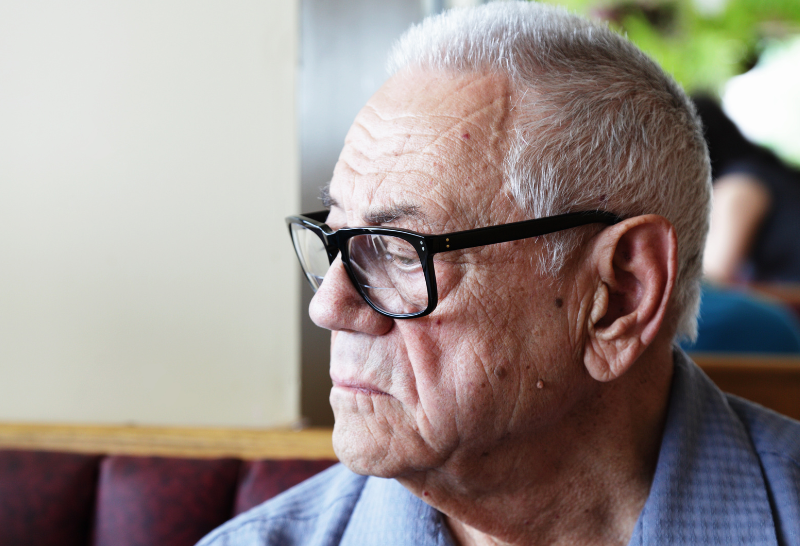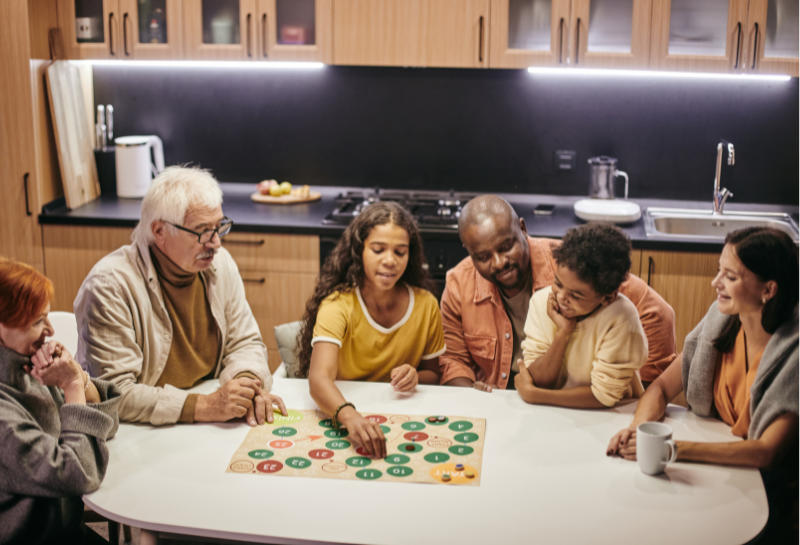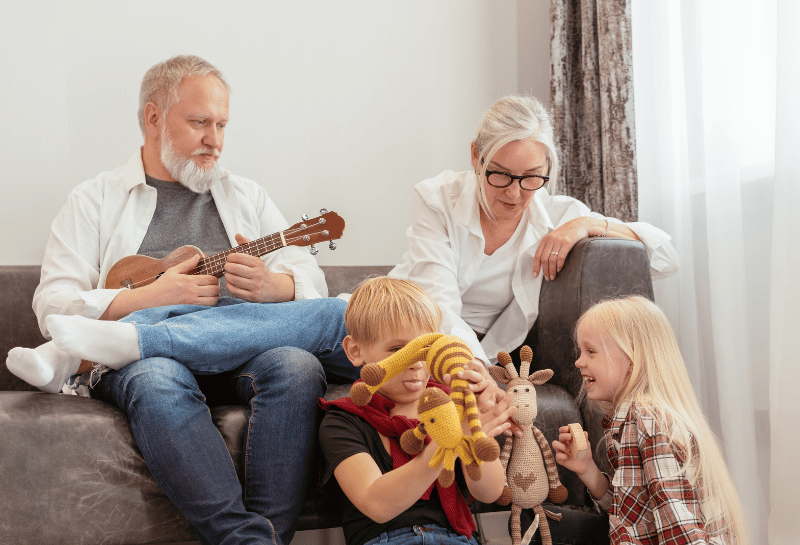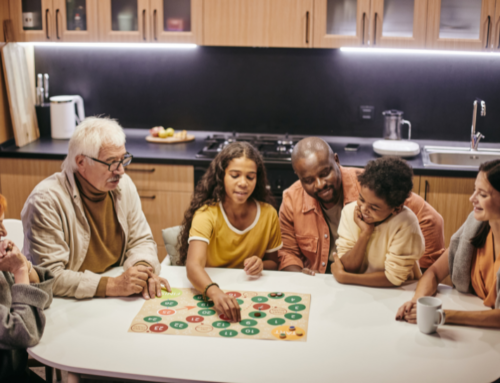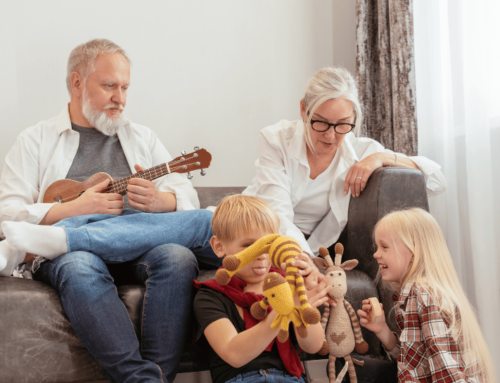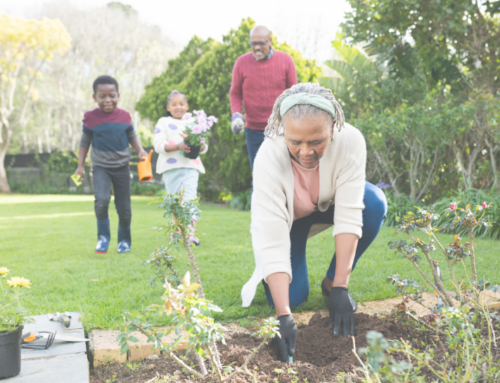Social Support and Access to Resources to Combat Social Isolation and Loneliness – Part 3
In this final article of our series on social isolation and loneliness, we’ll introduce how social support structures and resources help combat these cruel and life-debilitating phenomena that adversely affect physical and mental health outcomes.
In Part One and Part Two of the series, we paid attention to the physical, mental, and emotional consequences of seniors being socially isolated and lonely.
Here is a quick recap to bring you up to speed:
- The CDC distinguishes social isolation and loneliness as “The feeling of being alone, regardless of the amount of social contact. Social isolation is a lack of social connections. Social isolation can lead to loneliness in some people, while others can feel lonely without being socially isolated.”
- The Surgeon General Advisory considers loneliness and isolation an epidemic and says we must have a social connection to avoid the adverse effects of social isolation and loneliness. He tells us that social connection encompasses all the interactions, relationships, roles, and sense of connection individuals experience.
The report goes on to distinguish three vital components of social connection:
- Structure – The number and variety of relationships and frequency of interactions.
- Function — The degree to which relationships serve various needs
- Quality — The positive and negative aspects of relationships and interactions
Social isolation and loneliness can increase the risk of the following physical health risks:
- Chronic conditions such as heart disease, hypertension, and diabetes.
- A lowered immune system can make seniors more susceptible to infections and illnesses related to aging, i.e., diabetes, Alzheimer’s, rheumatoid arthritis, cancer, and more.
- Increased risk of falls and injuries due to lack of support and assistance in seniors’ daily lives.
- Malnutrition and unhealthy eating habits can cause unintentional weight loss, weakness, or dizziness, leading to falls, broken bones, depression, and more.
The mental and emotional consequences of social isolation and loneliness include, but are not limited to, the following:
- The decline of cognitive function leading to dementia, including Alzheimer’s
- Depression and anxiety come from the loss of social support as we age.
- Diminished social skills from the narrowing of social networks, the change in physical function, biological processes that become less regulated, and sensory losses such as hearing.
- Self-harm and suicide — seniors make up only 12% of the U.S. population and account for approximately 18% of all suicides in the country.
There are many reasons to have social support and access to resources available to seniors and their families to combat social isolation and loneliness. Besides the moral and ethical reasoning to care for the elders in our population, the Surgeon General says this:
“Given the profound consequences of loneliness and isolation, we have an opportunity, and an obligation, to make the same investments in addressing social connection that we have made in addressing tobacco use, obesity, and the addiction crisis… if we fail to do so, we will pay an ever-increasing price in the form of our individual and collective health and well-being.”
Community-Based Supports and Services (CBSS)
Community-based support and services help seniors in their communities remain safe in their homes to delay or prevent going into facilities. Seniors choose to stay in their homes for various reasons:
- For emotional well-being because being home provides a level of familiarity
- To avoid the anxiety that comes with leaving behind neighbors and a house full of memories
- Maintaining independence to live on their schedule
- It’s not financially possible to move
All of these address a physical or emotional aspect of maintaining health and well-being. With a growing number of seniors 65+-year-olds doubling from 52 million to 95 million by 2060, the demands on the healthcare system will continue to grow, so making sure they are taken care of also becomes a public health issue.
Community-based support services can support the healthcare system by focusing specifically on the needs of seniors aging in place and experiencing social isolation and loneliness. They can do so by providing the structures, functions, and quality mentioned in the Surgeon General Advisory.
Increased Quality of Life
Increasing the quality of a senior’s life gives them a reason to get up every morning. So, what does quality of life mean? Quality of life is subjective, so it isn’t easy to define. Merck Manual says, “Quality of life (QOL) is the degree to which a person is healthy, comfortable, and able to participate in or enjoy life events.”
Through community-based services, we can contend with social isolation and loneliness by providing the people, places, and tools that can offer a lifeline to seniors aging in place.
With structures in place to increase the number and variety of relationships and frequency of interactions, along with the degree that these relationships serve seniors’ various needs and the increase of positive relationships and interactions, seniors in our communities can have increased quality of life and thrive.
By thriving, seniors are more robust and not only support themselves emotionally and physically, but they can encourage others, seniors and their families, to build a community of protection. Community-based non-profits are ground zero for this effort.
Physical Well-Being
With social isolation and loneliness negatively affecting the quality of seniors’ physical well-being, we must provide opportunities for them not to feel isolated and have the strength to be responsible for their well-being.
Seniors living alone can face physical hardships that, if not monitored and potentially corrected, can lead to injuries from falls, heart conditions, and illness from compromised immune systems.
Community-based programs, such as the ones provided at DSCC/KSC that include exercise, nutrition through cooking or communal meals, safety and security checks, and more can help ensure that seniors living at home get the physical care they need and the social interactions and relationships that can help sustain a more active lifestyle.
Mental and Emotional Safety
Social isolation and loneliness are lead reasons seniors experience negative mental and emotional hardship. Whether it’s chronic physical ailments, a loss of a spouse or siblings, or family members that move away, seniors are alone for many reasons.
There is overwhelming evidence that “loneliness and low social support are also associated with an increased risk of self-harm. In a review of 40 studies of more than 60,000 older adults, an increase in loneliness was reported to be among the primary motivations for self-harm.”
A community-based program designed to help seniors age in place can provide the social connection needed to keep seniors healthy, mentally and emotionally. The Surgeon General Advisory says, “Social connection is a significant predictor of longevity and better physical, cognitive, and mental health, while social isolation and loneliness are significant predictors of premature death and poor health.”
Volunteerism
Volunteering in our community creates a stronger community and society as a whole. Volunteering makes the world a better place. Without volunteers, many seniors won’t receive the support and assistance that can make a big difference in their lives and well-being.
And it’s not only good for the seniors aging in place, but volunteering is also good for you.
- It connects you to others.
- It is good for your mind and body.
- It can advance your career.
- It improves social skills and reduces stress.
- It gives you a sense of purpose.
At DSCC/KSC, we have many volunteer opportunities to get involved. From meal delivery and community dining to social connection programs to home maintenance, pet care & food assistance or supporting our administrative efforts, there is plenty for you to accomplish for our seniors and your well-being.
What Community-Based Organizations Can Do
The basis of nonprofit community support of seniors is their well-being, physically, mentally, and emotionally, as well as the public health of communities. Suggestions from the Surgeon General Advisory include the following:
- Create opportunities and spaces for inclusive social connection
- Embed social connection in internal policies, practices, programs, and evaluations
- Actively seek and build partnerships
- Advance public education and awareness efforts
- Create and provide education, resources, and support programs for community members such as at-risk populations
- Foster a culture of connection in the broader community
The Bottom Line
Social support and access to resources to combat social isolation and loneliness is an essential work of our times. The future will require that resources for seniors be plentiful for their well-being and our collective public health.
Click here to learn more about the resources and support available to you and your senior friend or loved one.
Sources:
- Merck Manual Professional Version, May 2022
- Troya MI, Babatunde O, Polidano K, et al. Self-harm in older adults: a systematic review. Br J Psychiatry. 2019
- Habitat for Humanity, The Importance of Volunteering
- National Poll on Healthy Aging, University of Michigan
- CDC, Health-Related Quality of Life (HRQOL), HRQOL Concepts
- The Surgeon General Advisory, Our Epidemic of Loneliness and Isolation
More Articles That Might Interest You
The Caregiving Balancing Act: Support Systems for the Sandwich Generation
The Caregiving Balancing Act: Support Systems for the Sandwich Generation Are you juggling the dual roles of [...]
HR Champions of Aging-in-Place: Fostering Intergenerational Connections
HR Champions of Aging-in-Place: Fostering Intergenerational Connections Attention HR leaders and professionals! “ The more HR and [...]
Bridging Generations: Engaging Activities for Seniors and Youth
Bridging Generations: Engaging Activities for Seniors and Youth Pt. 2 Calling all adult children of seniors, parents, [...]


